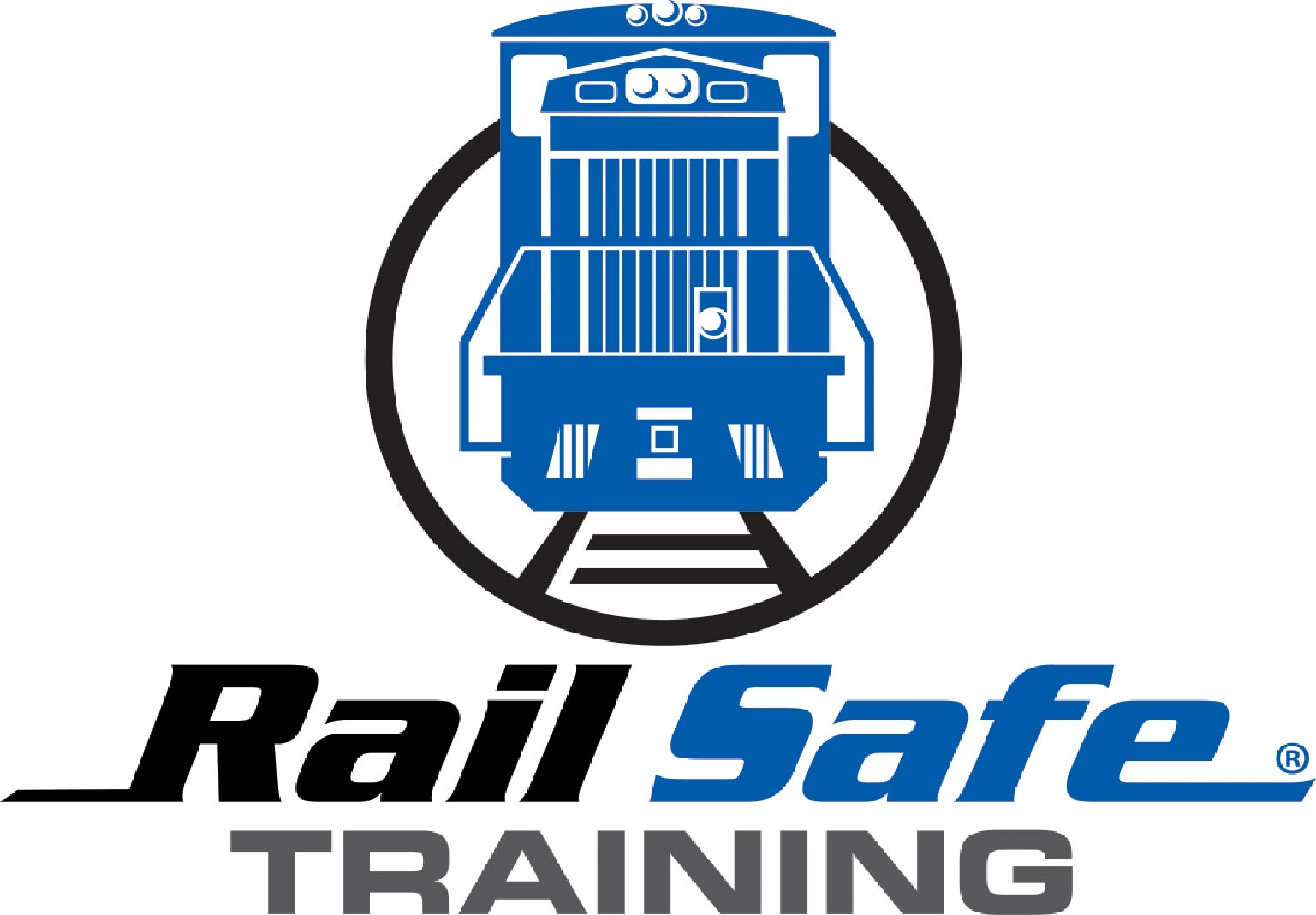COMMON SENSE IS… NON-SENSE!
As a child we learn from experience or being taught: we learn the oven is hot because we have touched it or were told it was hot by someone who had touched it. Common sense allows us to apply learned behavior to new situations, but not all new situations lend themselves to “common sense”. We … Read more
